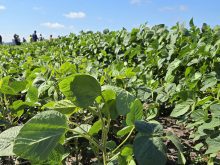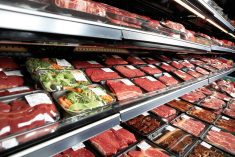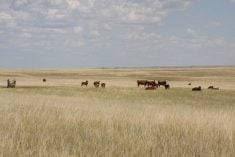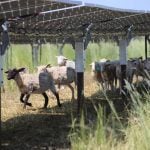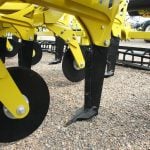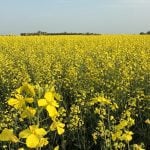Every crop needs water but some need more than others. Now scientists in North Dakota have pinpointed which are which.
A three-year study by researchers at the United States Department of Agriculture has resulted in a ranking of crops from the thirstiest to the ones that require the least amount of the life-sustaining liquid.
It might be valuable information for Canadian growers coming off two years of severe drought, said Donald Tanaka, a soil scientist with the Agricultural Research Service’s Northern Great Plains Research Laboratory in Mandan, North Dakota.
Read Also
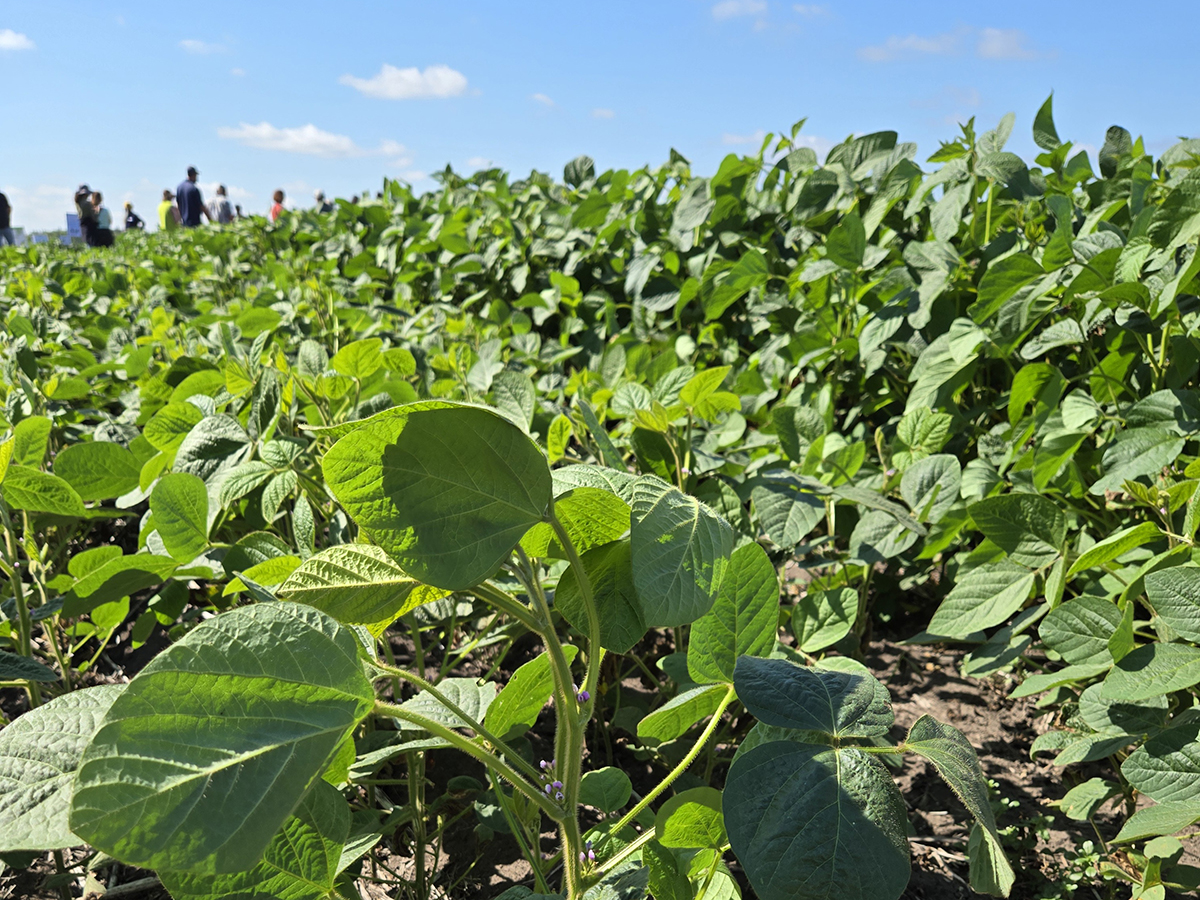
Spider mites big soybean problem this season
Spider mite issues have been geographically limited but significant where they occur, said John Gavloski, an entomologist with Manitoba Agriculture.
Topping the list as the highest water user is sunflowers, followed by safflowers and soybeans. On the other end of the spectrum are dry peas and barley.
In 2000, which was an average year for precipitation in North Dakota, sunflowers depleted 11 centimetres more soil water than either peas or barley.
Crops like wheat and canola are what Tanaka calls intermediate users of water.
“One thing we found out about canola is (it) tends to vary a lot depending on the year and the type of canola you plant.”
The researcher said Polish varieties of canola tend to use less water than Argentine types.
The length of a crop’s active growing season is the biggest factor affecting water use. Soybeans and peas have similar root systems, but soybeans take up more water because the crop has a longer growing season.
Depth of root growth is the second most important factor. Sunflowers top the charts because they have deep roots combined with a long growth cycle.
Canopy closure is the third key factor and one that should be of particular interest for many growers in Saskatchewan and Alberta.
“One thing is for sure, if you’re coming out of two years of very dry conditions, (crop) residue levels are probably going to be quite low,” said Tanaka.
“You will need some type of crop that canopies earlier.”
Speed of canopy closure determines soil evaporation early in the growing season. In fields with little stubble or straw left on the ground, farmers should consider planting crops like cereals or peas, which are quick to develop a canopy of leaves over the soil.
Growers in drought areas should also consider crop emergence.
“The lack of residue can cause a real problem in the spring with germination and emergence of crops,” said Tanaka.
That is especially true when conditions call for hot weather and high winds. Growers planting a shallow-seeded crop like canola in regions where residue levels are low may want to seed early to avoid such germination and emergence problems.
The last critical factor is tillage disturbance. Zero till conserves early-season water far better than conventional tillage methods. All of the Agricultural Research Service’s water use experiments were carried out under no-till management systems.



